Apple Lossless Audio is Death Knell for MQA
Apple Music issued a press release on May 17, 2021 announcing that the “next generation of sound” would arrive for subscribers in June — without any additional cost. Apple Music subscribers can listen to any track, anywhere, in CD fidelity for only $9.95 month. What Apple Music defines as the “next generation” of sound includes support for Spatial Audio in the form of Dolby Atmos and Lossless Audio. Dolby Atmos, the object-oriented, sound production and reproduction ecosystem you may have experienced in movie theaters and more recently on a few video streaming services, is one of the two competing “immersive” audio technologies from well-established companies vying for acceptance among music consumers. Sony’s 360 Reality Audio is the other system the claims to reproduce sound “all around you.” There are other companies working in this space such as Dysonics and Hear360, but the big boys clearly dominate this emerging area.
The press release continues, “Apple Music subscribers will also be able to listen to more than 75 million songs in Lossless Audio — the way the artists created them in the studio. I find it interesting that the mention of Lossless Audio seems of secondary importance. Spatial Audio, which may include a catalog of a thousand albums or so get top billing when there will be 75 million songs available in the resolution that providers are have been required to deliver to Apple for well over a decade. As a label owner that has been delivering digital audio tracks to Apple’s iTunes and now Apple Music, they have been requiring 96/24 PCM files since 2012.
Apple’s move to provide lossless audio, studio masters of 75 million tracks at Red Book or better fidelity for less than $10 per month has already had repercussions among other DSPs (digital streaming providers). And if you’re MQA, it’s probably the end of the line. If music consumers can access any song at the fidelity of the original master, why would the nonsense that MQA peddles continue to matter? Apple Music, Amazon Music HD, Qobuz, Deezer, and even TIDAL, and early supporter of MQA, have no interest in the hoax format. If it wasn’t obvious to knowledgeable audiophiles before that MQA was a solution in search of a problem, it is now.
I read a post about the watermarking in Apple’s file that compromises their fidelity. As a veteran of the SDMI effort (Secure Digital Music Initiative) promoted by the RIAA and music industry decades ago and someone familiar with the technique of “watermarking” a digital music file, the author of the piece got it all wrong. The metadata associated with a digital music file isn’t stitched into the music data. It exists as a tag just like the title, artist, cover art, copyright, and other editable tags. The fidelity of Apple Music is identical to the masters delivered by the authorized encoding houses. And they have to follow very rigid quality standards.
Apple is betting that “immersive audio” will make a greater impact on their Apple Music streaming service than upgrading everything from AAC—a lossy encoding methodology—to full lossless audio fidelity using ALAC—Apple’s own codec capable of delivering masters without compromise. Recently, Eddy Cue, Apple’s Senior VP of Internet Software and Services, stated in a Billboard magazine interview: “If you take a 100 people and you take a stereo song in lossless and you take a song that’s been in Apple Music that’s compressed, I don’t know if it’s 99 or 98 can’t tell the difference. For the difference of lossless, our ears aren’t that good”. So improving audio quality from lossy to lossless codecs doesn’t matter?
Unfortunately, he and other pundits miss the point. The move to lossless audio means music enthusiasts of all stripes do not have to worry whether the audio they consume is sonically compromised or not. It doesn’t matter what percentage of users can tell the difference. Avoiding any loss is the point and it’s important. The era of lossy codecs is finally over. Knowing that the minimal standard is now Red Book or CD standard fidelity is a major step forward. I talked about this during my keynote address at the T.H.E. Show last weekend in Long Beach (it was nice to be back at an audio show!). Physical media, downloads, AND streaming are all capable of reproducing music at CD fidelity. However, some devices‚ including the HomePod, AirPods, AirPods Pro, and even the AirPod Max headphones cannot reproduce lossless audio because the wireless protocol they employ isn’t lossless. Apple is focused on “immersive” audio delivery—even if it’s not lossless—using Dolby Atmos encoding.
And I agree. When comparing the a move from lossy encodes to lossless audio vs. mixes in stereo to fully immersive surround sound, there is no contest. I have that exact comparison on my test discs and the Blu-ray demo that comes with the Music and Audio book. Surround music mixes sound very different from stereo in the same way that stereo sounds different than mono. Dolby Atmos and Sony 360 Reality Audio are capable of delivering fully immersive mixes—including sounds placed above you. Studios set up to mix to these formats are based on a 7.1.4 layout. There is a standard 7.1 speaker setup AND 4 speakers above the mixing position. With a complete 360 degree sonic canvas to paint with channels of instruments and vocals, mixing in Dolby Atmos can be quite challenging. I remember trying to decide how to mix my own AIX Records recordings in 5.1 surround. Ultimately, I opted for TWO 5.1 surround mixes: one from the middle of the band, which I call a “stage” mix, and another from the “best seat in the house” known as the “audience” mix. What mixers will do with even more speakers is yet to be determined.
Already there has been blow back from some in the industry. They video recasting a “classic” recording in Dolby Atmos as akin to colorizing a black and white movie from yesteryear. I disagree. Hearing the 5.1 mixes that Giles Martin did of the Beatles Sgt. Pepper and White Album is a transforming experience. Does anyone really think that the Beatles, Stones, or Led Zeppelin would ignore a format like surround music if they had it available to them in the 1960s. It is possible to screw up a surround remix of a classic album but it is also possible to create a terrific new version. Anyone that has heard the Sgt. Pepper album on a good surround system knows what I mean.
As a member of the Apple Music label family, I received an email from Apple with links to articles on the new formats and delivery requirements for 5.1 and Dolby Atmos mixes. Much to my dismay, a small label like AIX Records is prohibited from uploading surround music mixes to augment the currently available stereo catalog. I couldn’t believe it. The only way to add my Dolby Atmos mixes (75 of them or roughly 8% of the total Apple Music catalog currently available in Dolby Atmos) is to contract with an authorized encoding house. And they won’t do business with me because my catalog doesn’t generate enough revenue to make it worth their while. And besides, they would want a percentage of my revenue. Why should I share 20-25% of the money generated by my catalog with an encoding house when I already have the files and only need them to upload them to the Apple cloud? Despite several emails with a representative from Apple, they will not allow me to add my surround mixes to their service.
I’ve listened to the spatial music playlist on the Apple Music app. I plugged in my Benchmark DAC3 and Oppo PM-1 headphones and checked out a bunch of their demo tracks including the Marvin Gaye track, which goes from mono to stereo to Dolby Atmos. I admit it does get better with each successive format change but the Dolby Atmos version didn’t “immerse” me in sound all around. It was fatter but not outside my head. The generic HRTF used by both Dolby and Sony to “binauralize” the multichannel source to binaural stereo isn’t convincing. A personal PRIR as measured using the Smyth Realizer in my own AIX main mixing room does deliver a completely convincing “outside” your head listening experience. And they use motion tracking to to complete the model. Dolby Atmos has a way to go. And remember the fidelity is not lossless audio. I think Apple and Dolby need to do what the Smyth brother did with the A8 and A16 room realizers. Even the YARRA 3DX sound bar does a better job.
Half Off Book Discount!
For those interested in my previous book, the 880-page, 4 pound Music and Audio: A User Guide to Better Sound, for a limited time I’m offering a 50% discount off the paperback book with or without the blu-ray disc. Use coupon code Spring50Percent during check out. This coupon will be valid until July 1, 2021. Thanks for your interest. NOTE: This discount only applies to the physical paperback version of the book. Visit the Music and Audio Guide Store soon.
Half Off iTrax Coupon!
I’m please to offer for the first time, a 50% discount coupon for albums downloaded from iTrax.com, the only website that makes available real high-resolution audio files in a variety of formats (WAV or FLAC) and mixes (2.0 Stereo, 5.1 “Stage” or 5.1 “Audience). Please use code Spring50Percent when checking out to receive the discount. Visit iTrax.com soon!

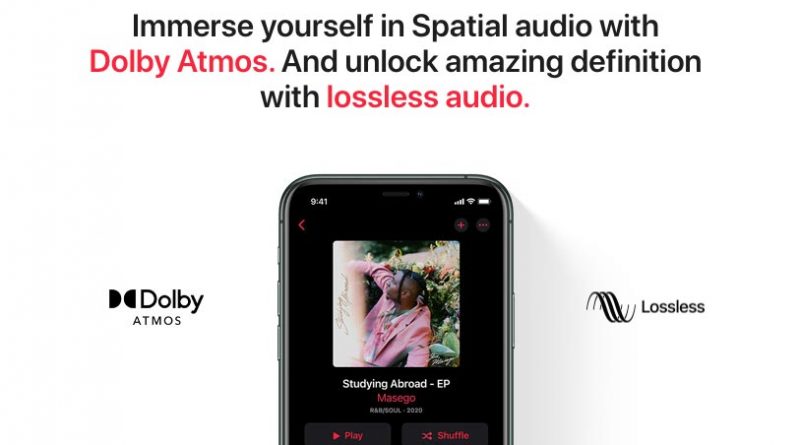
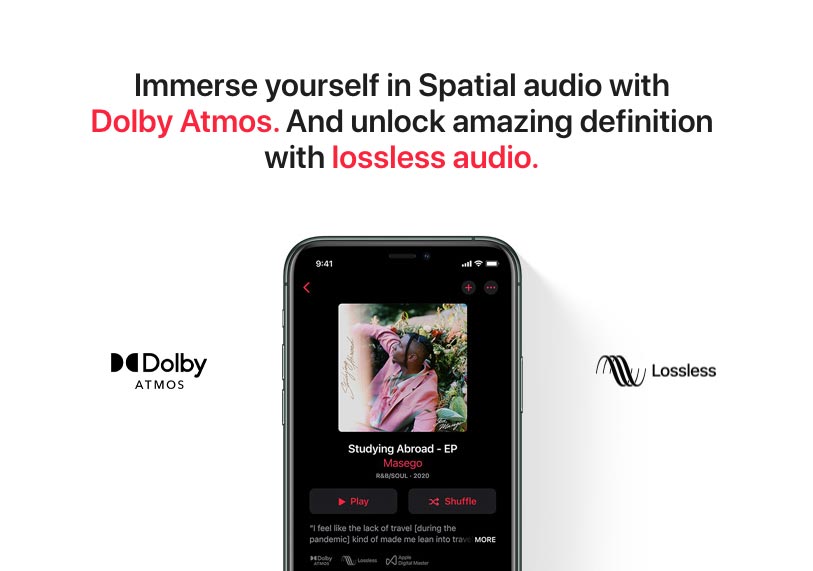
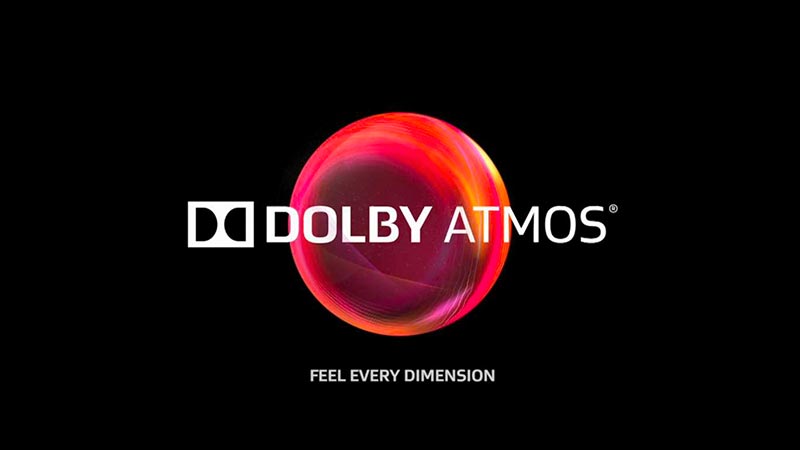
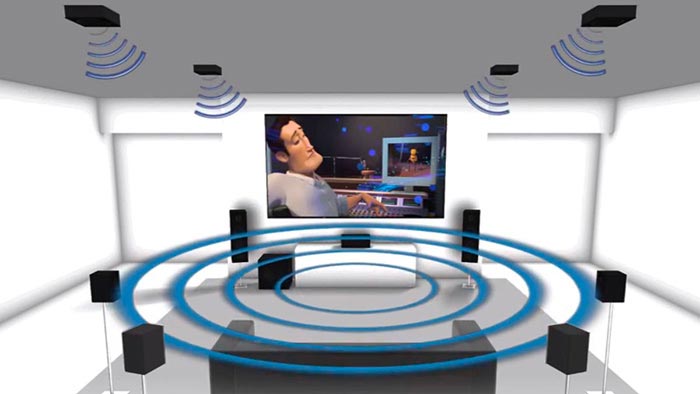
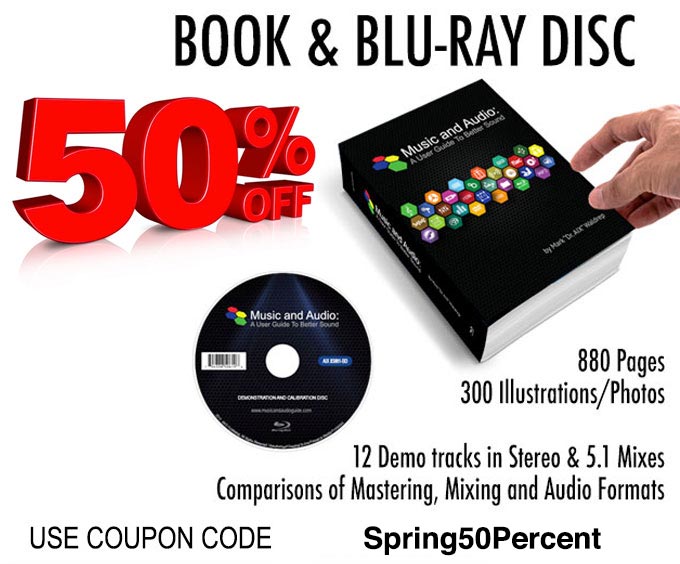
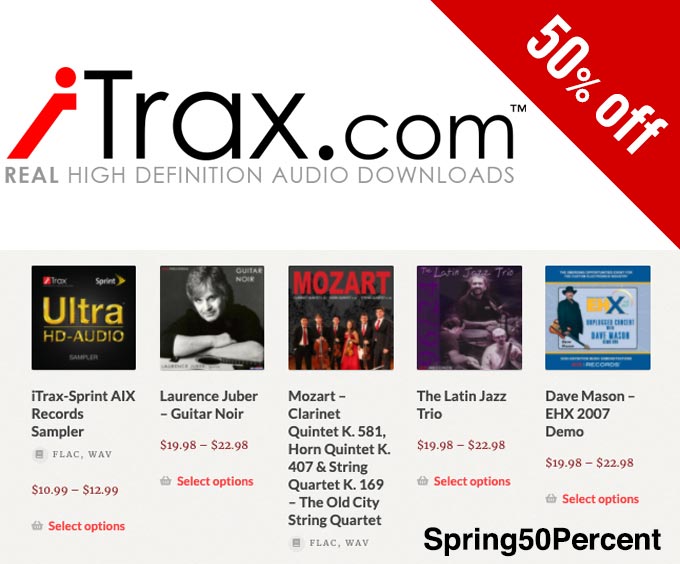
Apple Music does not take control of the MIDI settings. Therefore it seems like there are situations where the audio will not be decoded losslessly (unless one goes into the MIDI settings and changes them every time the sample rate and bit depth of the recording changes). One example would be playing a 48kHz recording with the output setting at 44kHz or vice versa (and/or a bit depth difference). Tidal and Qobuz (and maybe others) can change the settings on the DAC to match the recording parameters. Apple and Amazon (last time I looked) don’t. Am I right that this could cause lossiness due to necessary transcoding? Should I just set my output to the DAC at 24/96 and leave it there, upsampling everything lower?
I never change the sample rate in the Audio MIDI setup utility and still play files that have a variety of sample rates without problems. The clock source is set to default and it plays correctly.
Perhaps I’m not understanding your answer. All the files play, regardless of the sample rate. However, what the dac receives is determined by the Audio MIDI setting. I don’t see any choice labeled default. From the iPhone or iPad, the sample output sample rate does change to match the file being played.
If Apple requires labels to submit in 96/24, then Apple has to downsample to 44.1/16 to get to their lossless CD spec files. Is that downsampling guaranteed to result in the exact same files the labels get when they downsample to produce CDs?
The algorithms used to downconvert to 44.1/16-bit are completely transparent. Most recordings done these days are not recorded at 44.1 khz/16-bits. They ALL go through a conversion.
Audibly transparent, yes. I am just wondering if Apple’s “lossless” 44.1/16 files are mathematically identical to the label’s 44.1/16 files on their CD. We call 256K VBR AAC files “lossy” even when they are audibly transparent because some information is lost. If the same standard is applied to 44.1/16 and information is lost during downconversion, then isn’t this also “lossy” with respect to the original? My point is not about how any of this sounds, but about what seems to me a very sloppy and inconsistent use of these terms “lossy” and “lossless”.
Thank you for your generous sharing of time and knowledge, Mark. Now if someone could just persuade Apple to support the ubiquitous FLAC format fully so I wouldn’t have to transcode 200GB of locally stored FLAC files to ALAC just to be able to play both streaming and locally stored material from the same interface- like I can do right now with Qobuz or Tidal along with Audirvana…
AAAAK!!! I just placed an order (#6794) and *then* noticed the coupon code (Spring50Percent)… can it still be applied to my order somehow?
My understanding of this service is that the files are in a lossless ALAC format but can be anything from 44.1 up to 192.6KHz and if you want to stream the higher sample rate files, you need an appropriate DAC, AND YOU NEED TO SET THE SAMPLE RATE IN THE “AUDIO MIDI” APP TO MATCH THE SAMPLE RATE OF THE FILE BEING PLAYED.
Yes I have noticed in my 5.1 newly renovated media room, a major improvement on Apple Music content as well as Amazon music and youtube music. All the movies and music video playback is improving. I still like my Tidal content with or without MQA but am considering dropping it. I still use my AIX Bluejays for Demo. They are so superior to anything streaming in any format. Thanks for the updates.